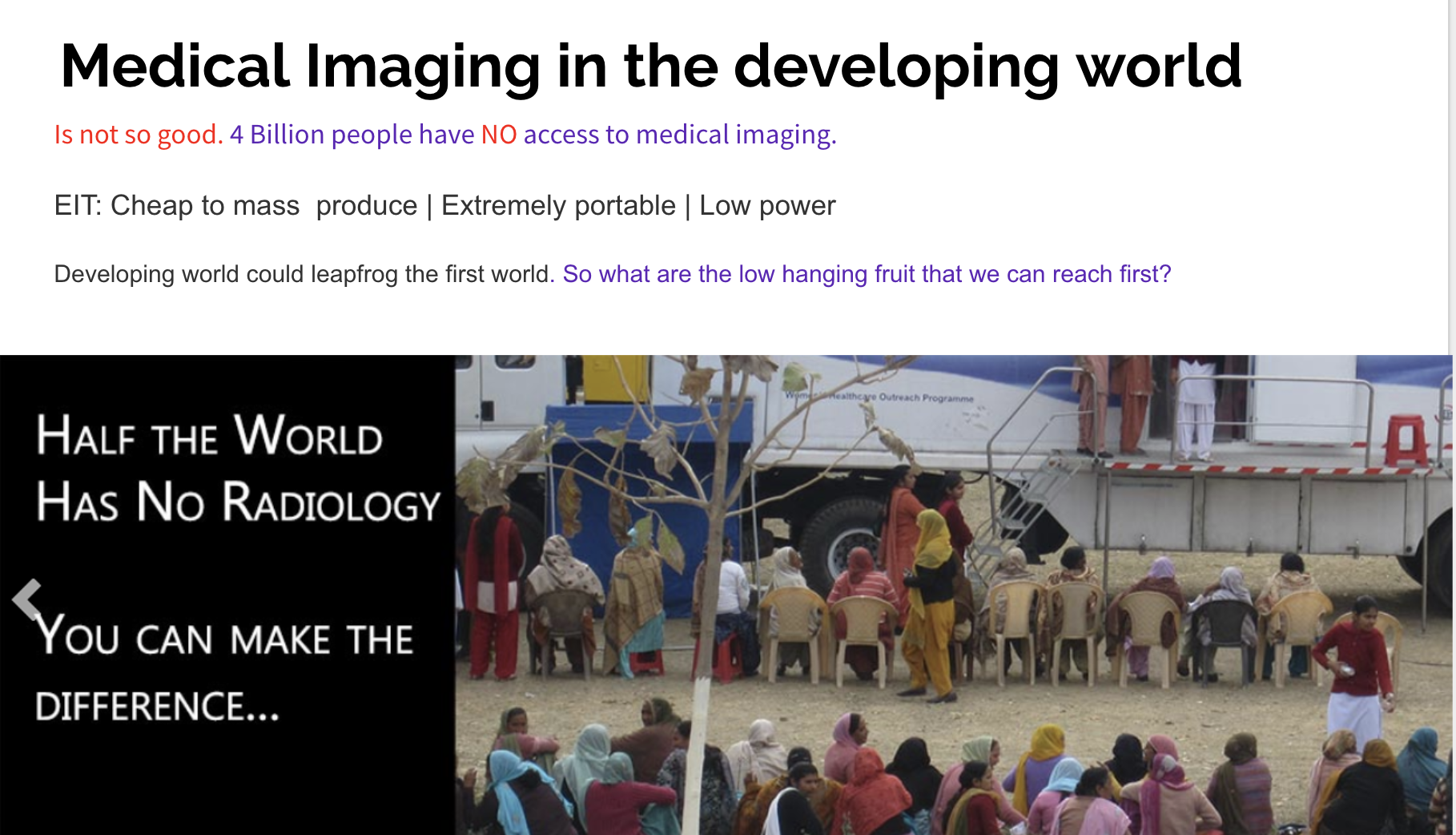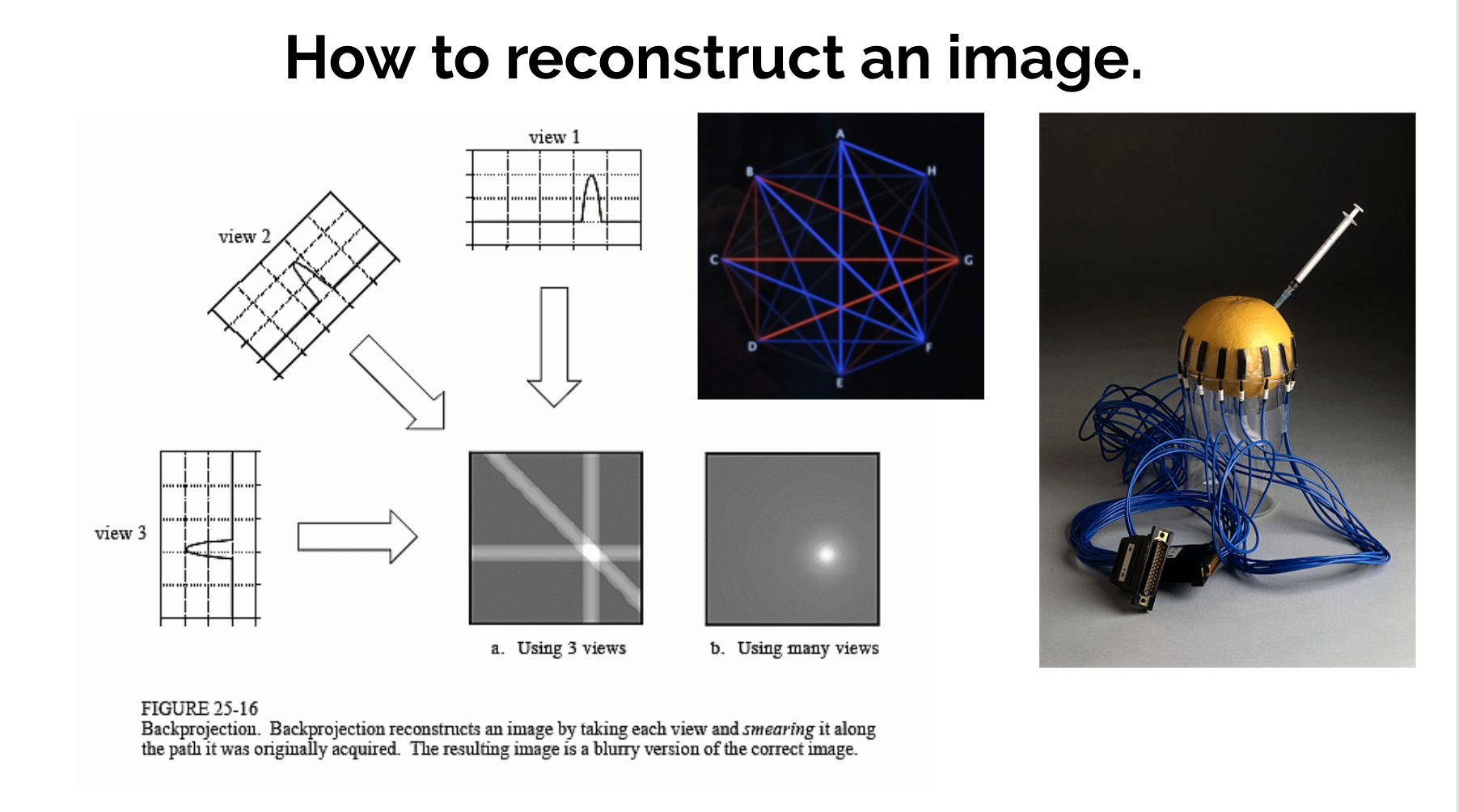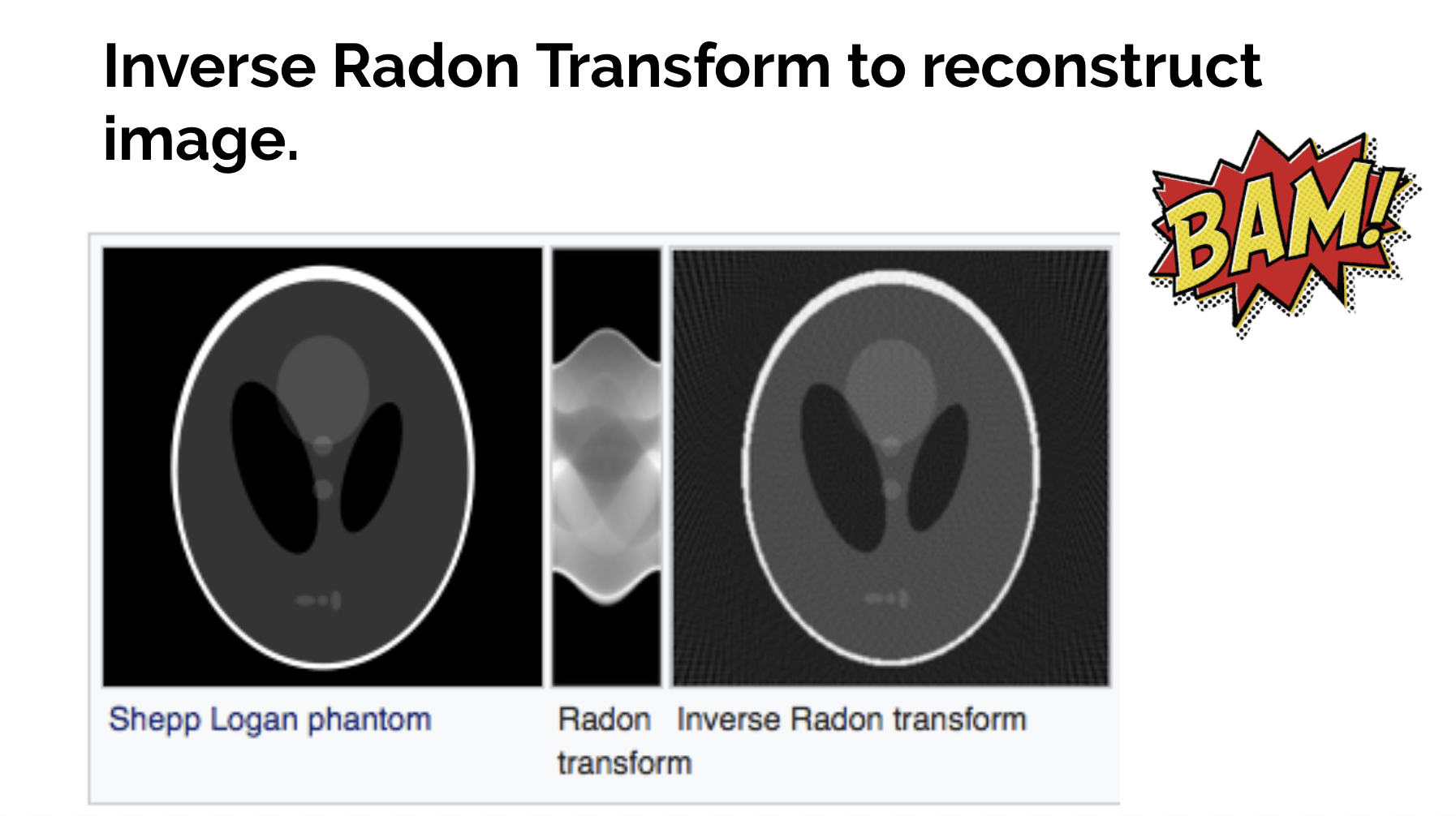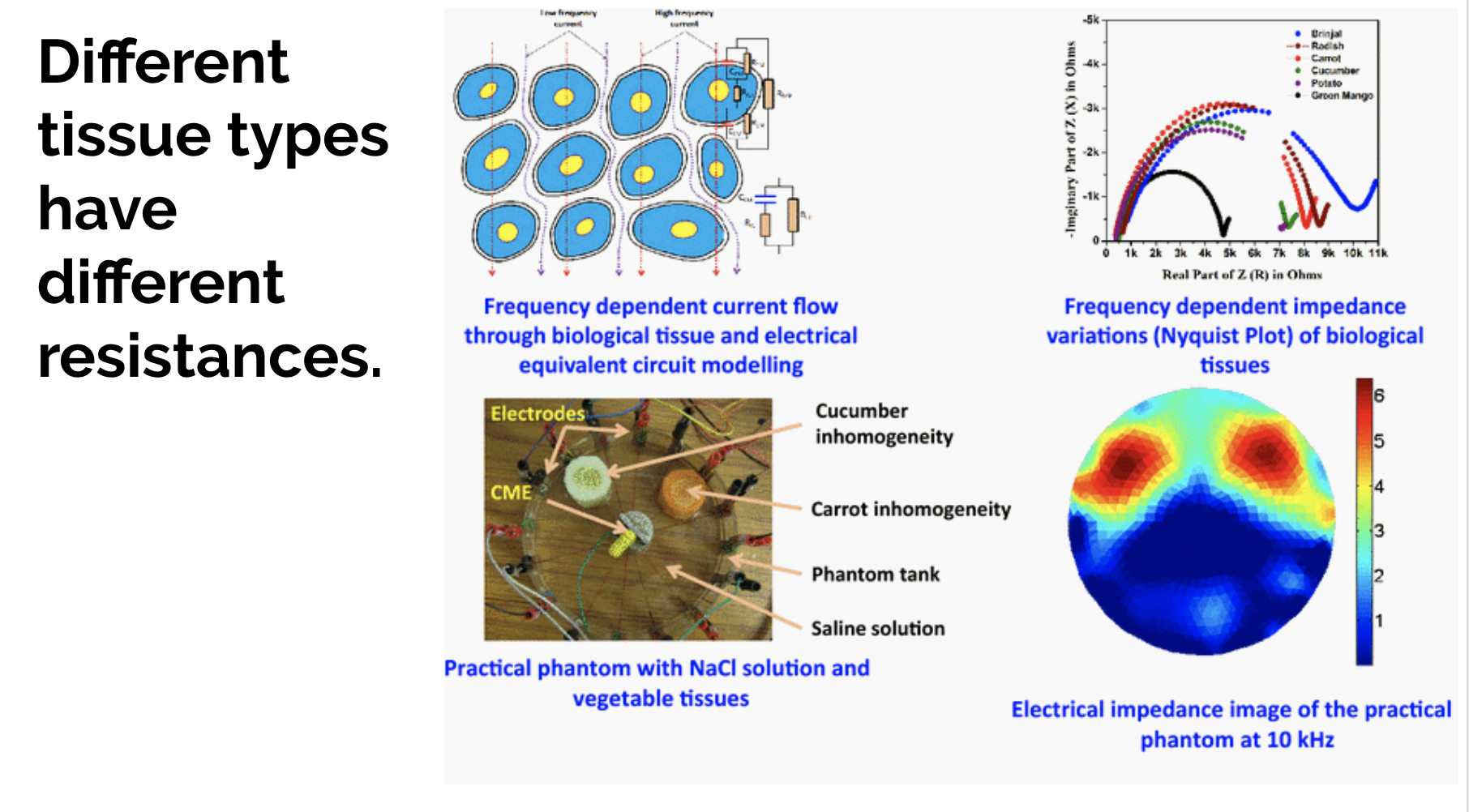-
New 32 electrode model that's safe for use on humans
08/31/2018 at 23:20 • 0 commentsI revised the PCB so that it's now IEC60601-1 compliant for safe use on humans as well as with 32 electrodes for better spatial resolution. Also there is updated software with a choice of Gauss-Newton approximation, Back Projection and GREIT algorithms available at https://github.com/openeit
See the new higher resolution image reconstruction!
![]()
Super small PCB with Bluetooth for wireless transmission too. Still working on refining the details but so far so good!
![]()
Soon, after one last PCB revision(yes the final one now *fingers crossed* ), I'll start generating more test images on humans and animals and of course - fruit.
-
Future Plans
07/15/2018 at 05:53 • 0 commentsMedicine is an important field that deserves to have some innovation balanced with it's regulatory hurdles. At the start of surgery people used large saws, now moving to finer tools such as keyhole surgery. Imagine if we could develop bioelectronic techniques to the extent that we could do all surgeries precisely and non-invasively.
![]()
It still needs much more work to get to that future, but if more of us could improve the technology, it seems it would improve faster and we would reach a better, happier and healthier future together.
![]()
-
What can you use it for?
07/15/2018 at 05:48 • 0 commentsYou could use it for many things ranging from teaching yourself about biomedical imaging, to assessing the health and well being of various constituent body parts. It doesn't have as high spatial resolution as MRI, but it can have great time resolution(like EEG but EIT has better spatial and contrast information).
Here is a summary of potential applications if it got a little bit better(with your help).
![]() Even if it is not as good as MRI for a particular purpose, perhaps it's better than nothing... making it a great option for situations where populations have none. 4 Billion people have no access at all to any form of medical imaging, and problems like Tubercolosis run rife.
Even if it is not as good as MRI for a particular purpose, perhaps it's better than nothing... making it a great option for situations where populations have none. 4 Billion people have no access at all to any form of medical imaging, and problems like Tubercolosis run rife. ![]()
-
Reconstructing the image.
07/15/2018 at 05:42 • 0 commentsYou might wonder how you reconstruct an image with AC current. Well it's exactly the same way as you do in a cat scan.
![]()
By sending current through every combination of electrodes, you measure the differences at the receive end and add up all the signals similar to the picture above. The addition of all these paths adds up to the image again. This technique is called back projection, and you can use the radon transform to do it.
![]()
-
How does it work?
07/15/2018 at 05:38 • 0 commentsDifferent tissue types have different impedances, so when you send an AC current through it will take different paths dependent on the material that is in it's way. The picture below describes the basic re-routing that is done by current that enables an image to be reconstructed. It's interesting as this is non-ionising radiation meaning it can be done much more safely than say an Cat scan which can cause cancer over time.
![]()
 jean
jean
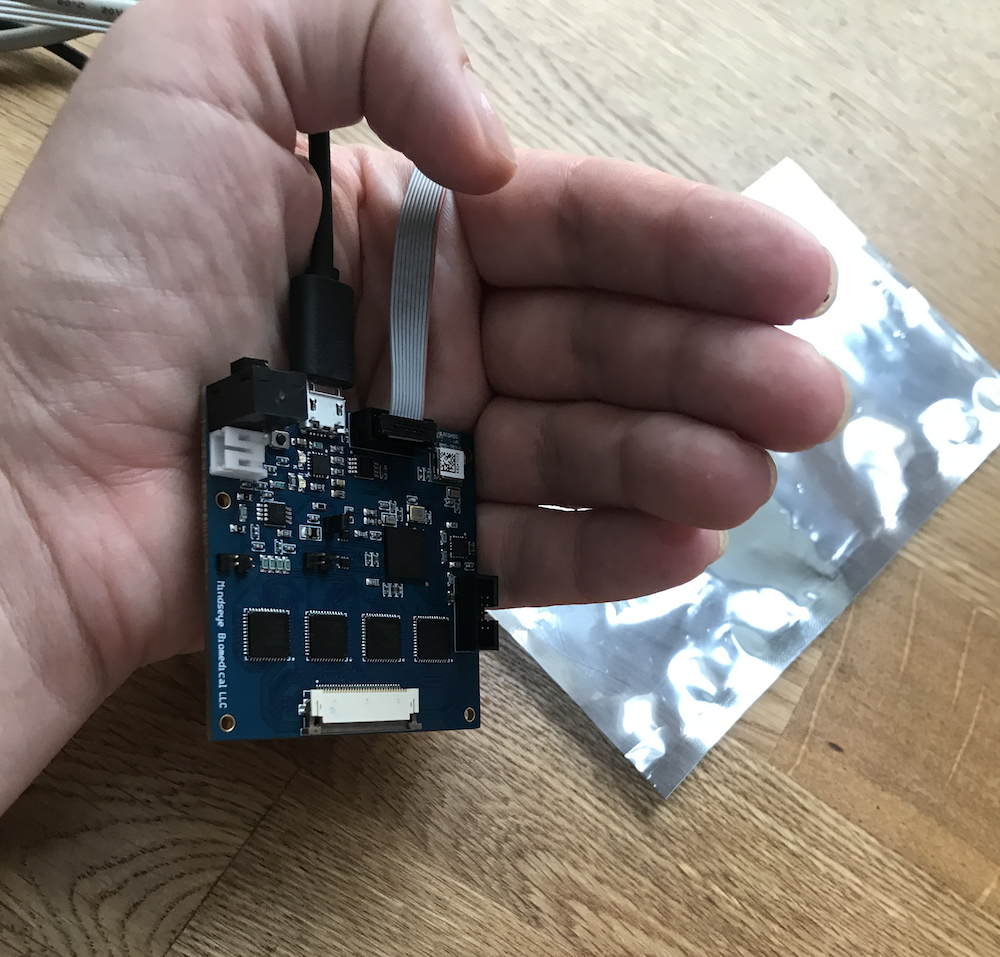
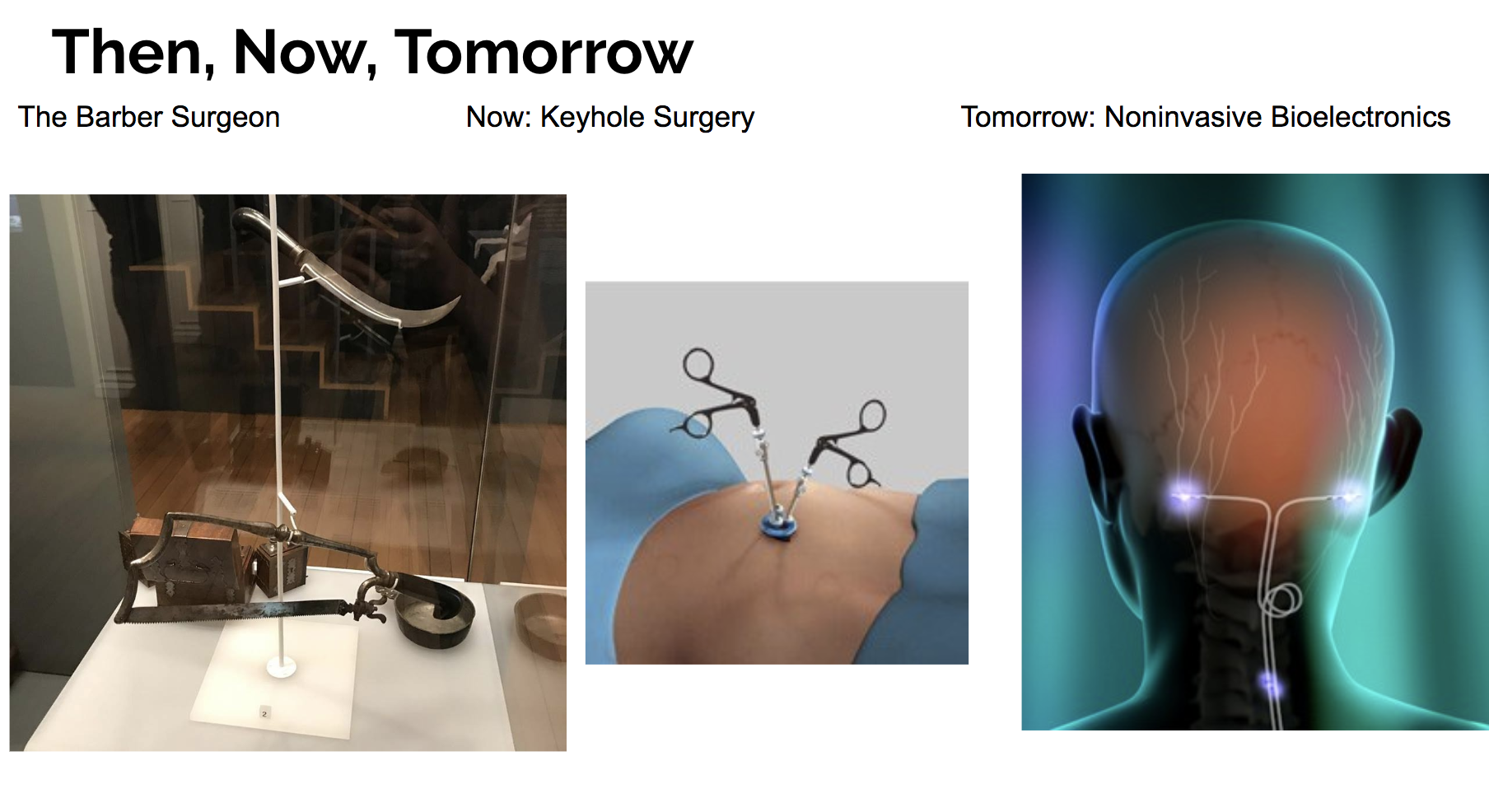

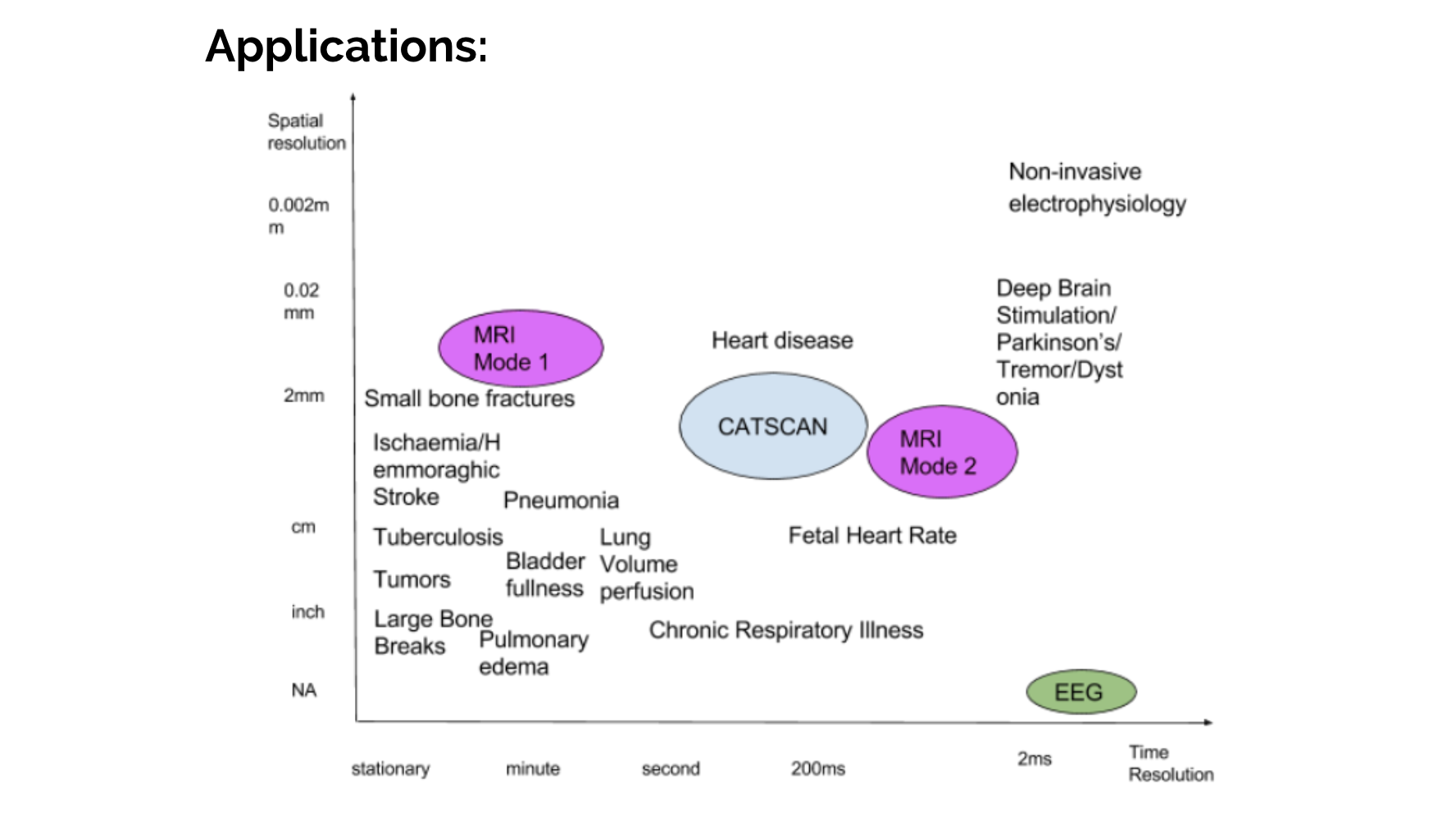 Even if it is not as good as MRI for a particular purpose, perhaps it's better than nothing... making it a great option for situations where populations have none. 4 Billion people have no access at all to any form of medical imaging, and problems like Tubercolosis run rife.
Even if it is not as good as MRI for a particular purpose, perhaps it's better than nothing... making it a great option for situations where populations have none. 4 Billion people have no access at all to any form of medical imaging, and problems like Tubercolosis run rife. 